As responsible travelers evolve, so do the stories we share.
This article is part of our living archive — trusted content we continue to care for.
First published on October 31, 2013 • Last updated on December 27, 2023.
In anticipation of Día de los Difuntos, or what is better known in the United States as The Day of the Dead, every cafe in Quito offers Colada Morada and Guaguas de Pan. And while a picture is worth a thousand words, a description of both is in order!
What is Colada Morada?
Very simply, colada morada is a hot drink. The Spanish word colada means wash while morada means purple. I wouldn’t be surprised if a person drinking colada morada was washed purple from drinking it!
Colada morada is fairly thick, more like a soup, and includes chunks of fruit. I think its easiest eaten with a spoon rather than slurped like tea or coffee.
Fruit used in Colada Morada
Most versions include a delicious concoction of blackberries, strawberries, pineapple, water, sugar, herbs and spices (this later is a secret, I am sure, so that no one can duplicate this cafe’s special recipe). Two other fruits are included but they don’t have translations.
- Babaco – a long, greenish-yellow fruit shaped somewhat like star fruit but much larger. It has a creamy white interior with spongy flesh. It’s most often served as juice or cooked into a dessert rather than as sliced fruit because of its texture.
- Naranjilla – a small, round fruit related to the tomato. The size of mandarin and its smooth skin is orange. However, its juice is greenish and acidic. Again, you’ll find it offered as a juice more often than not.
WHat Are Guaguas de Pan?
Guaguas de Pan are sweet rolls made in the shapes of babies.
The word Guagua means baby in Quichua. Pan is the Spanish word for bread. Since they are eaten in honor of the Day of the Dead, some people believe the origin of making them in the shape of children is to honor those children who have died.
Guaguas de Pan in Quito can come with many different fillings in the middle – chocolate, dulce de leche, or all kinds of fruit jellies.
Traditionally, the drink and bread are served on November 2, the actual Día de Difuntos but the combination is so beloved by the Quiteños that a good week before everyone is meeting to partake of the classic combo.
I have eaten them twice this week already!

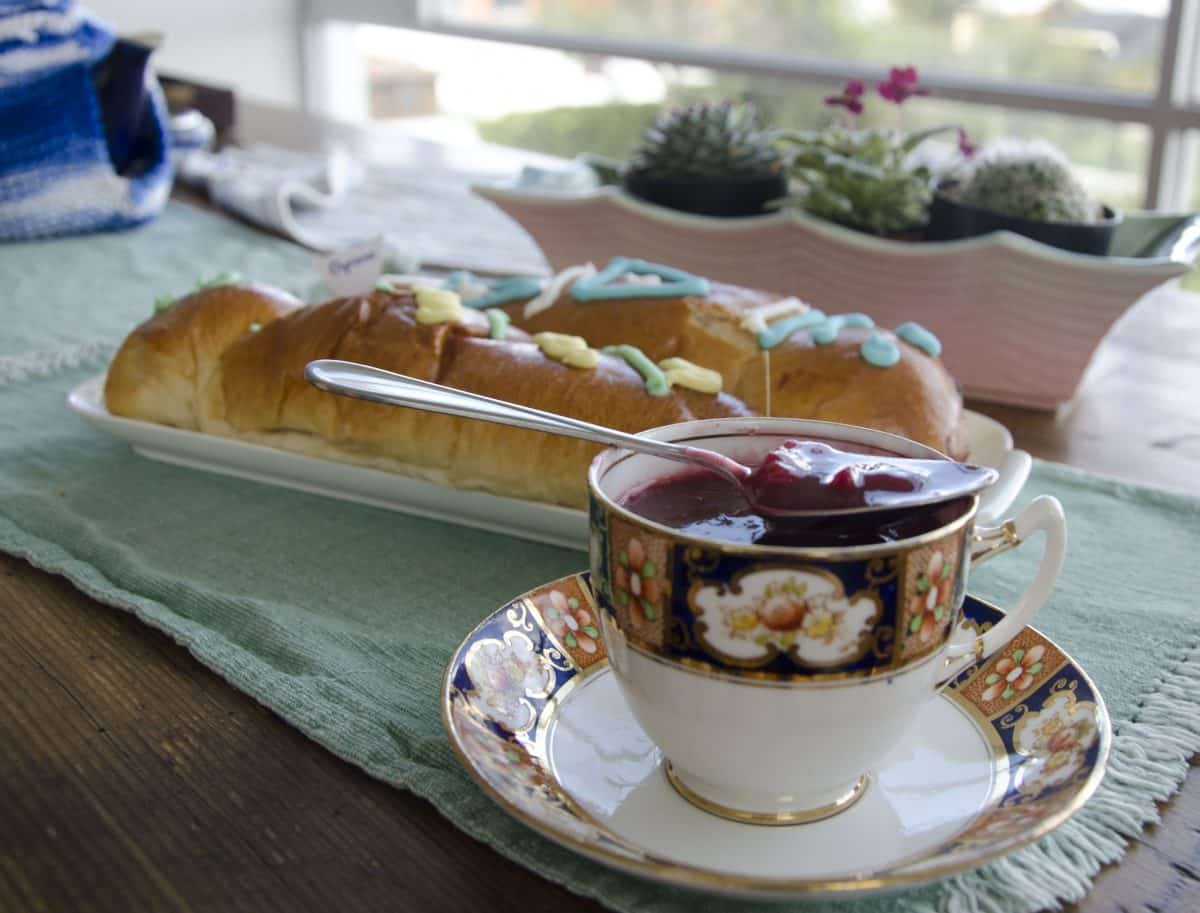
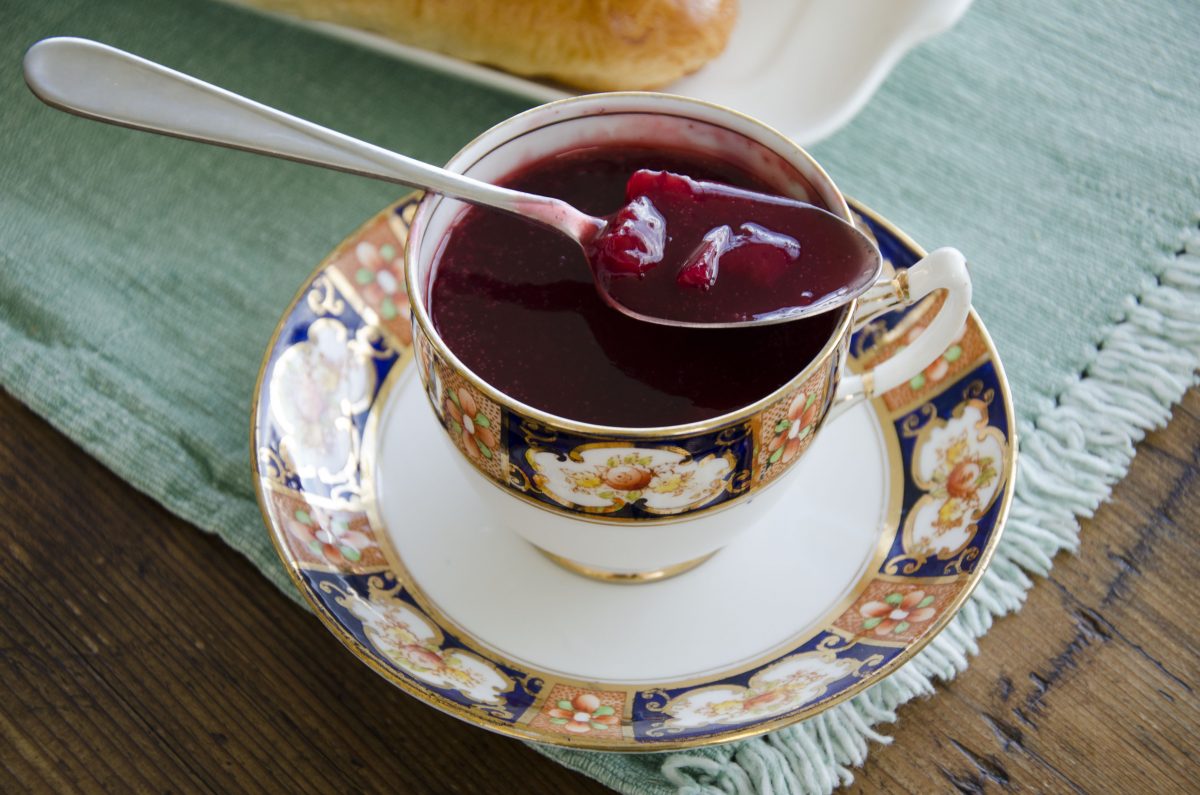
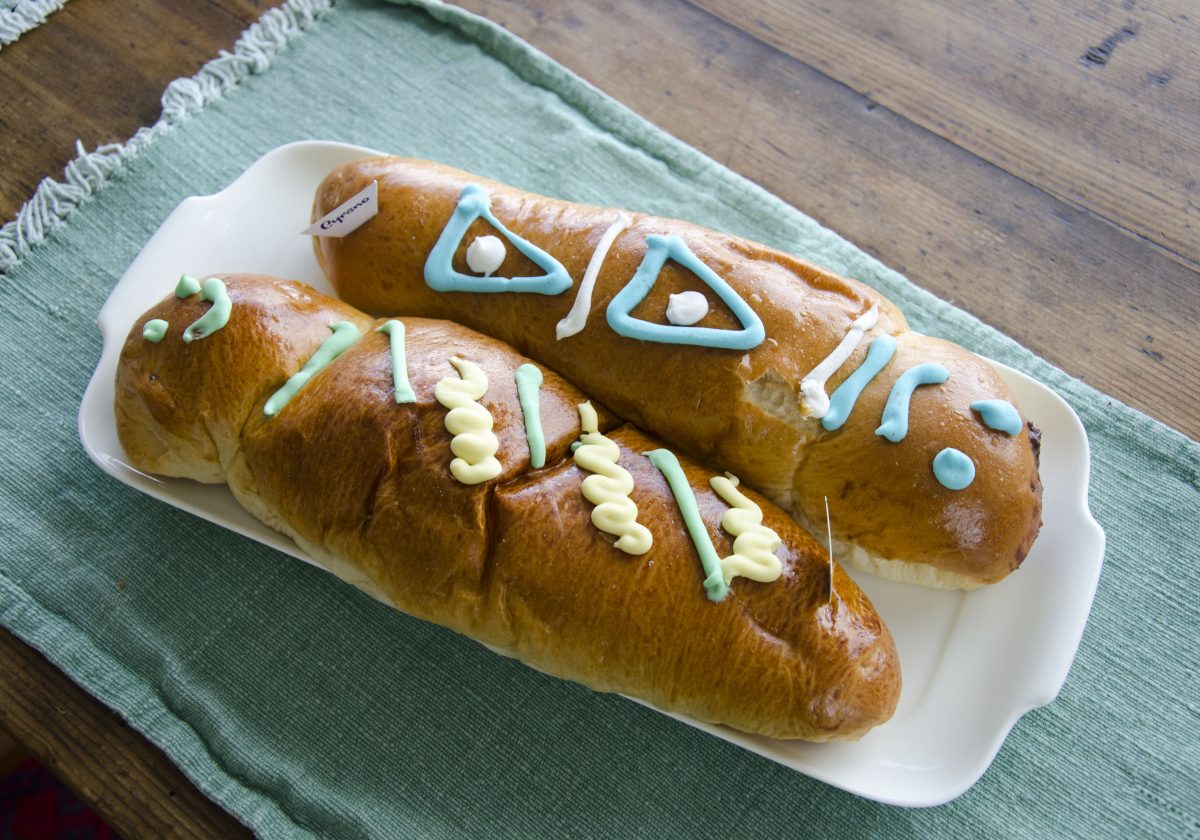
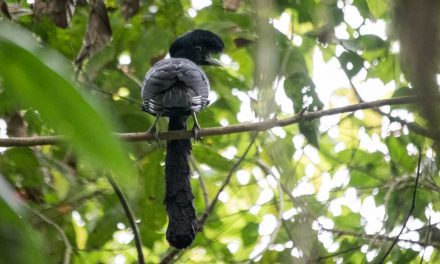
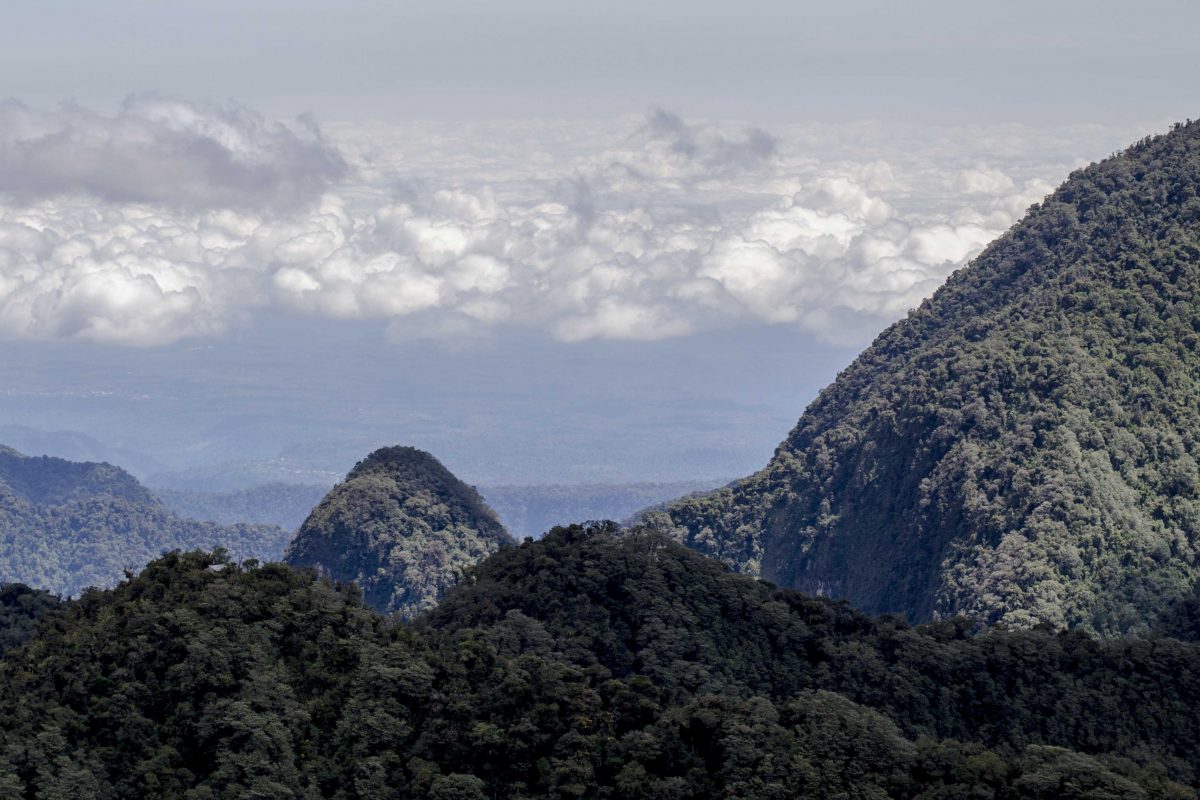
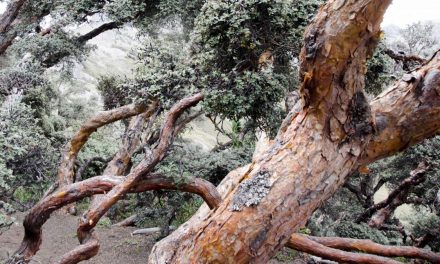
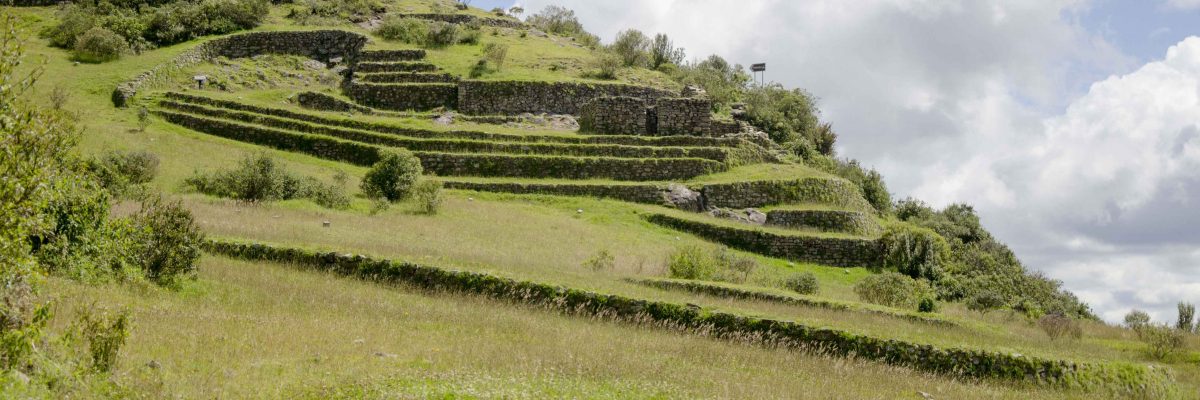

















Love your blog and photos! Thought you would like to know that Quichua is the language spoken in highland Ecuador and Quechua is spoken in parts of Peru and Bolivia. (And don’t let the Peruvians tell you otherwise.) There is a new Quichua grammar written by Salomon and Chuquin available in Otavalo and possibly Quito. I was a student of both years ago and plan to buy it next year and brush up on my Quichua, once I’m settled in Cuenca. Cheryl
I’ll be sure to look for the Salomon and Chuquin book here in Quito! Thanks so much for the suggestion!
I love the cup and saucer! So glad you are using them.
Love Mum
Sent from my iPad
I thought they were the perfect compliment!